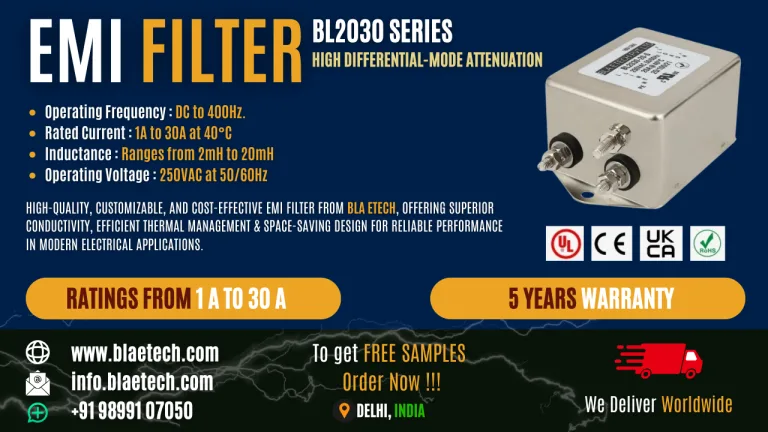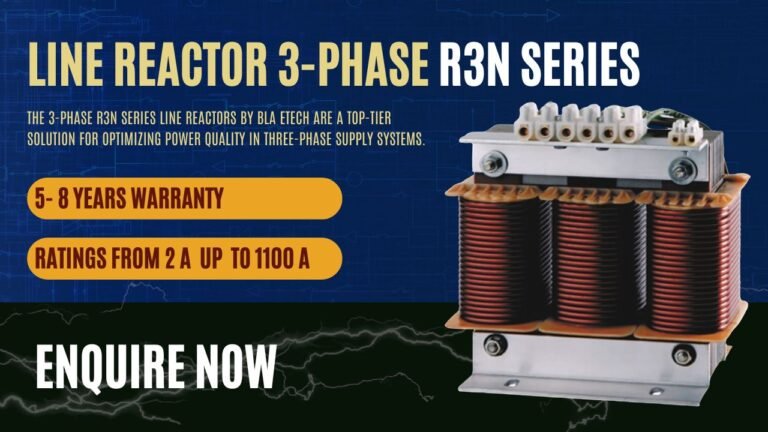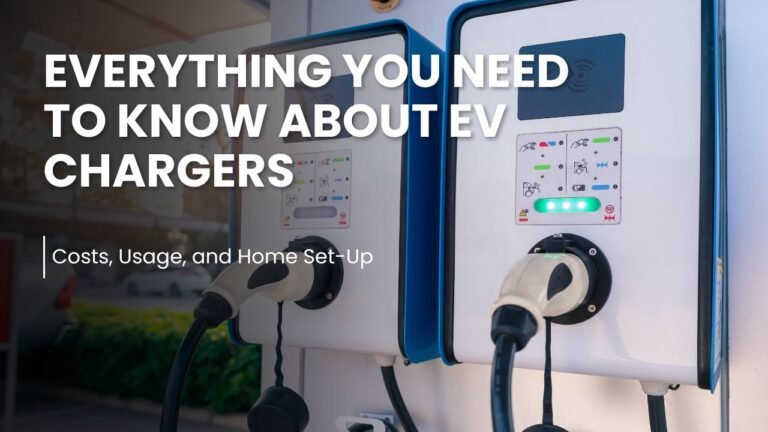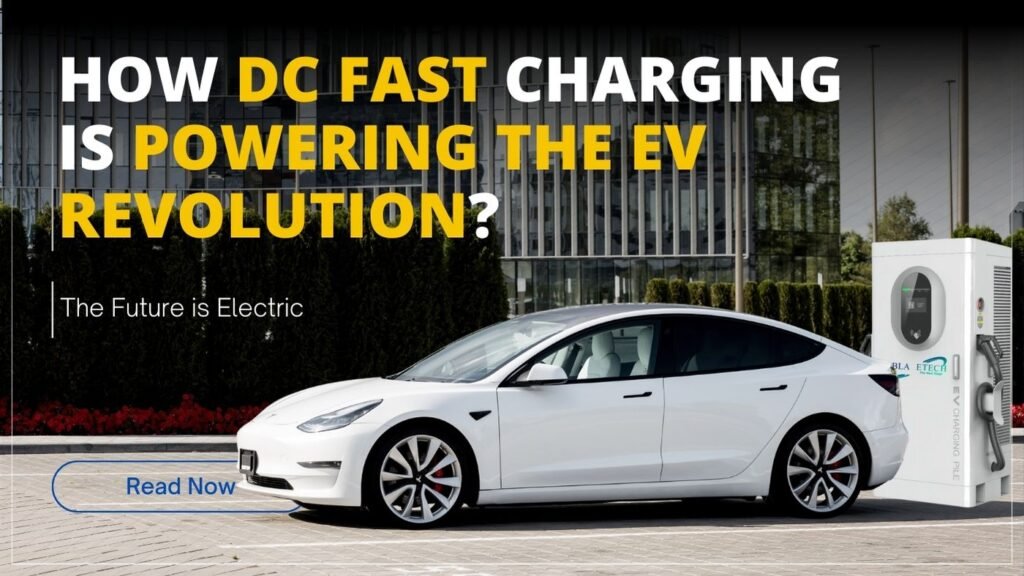Electric vehicles (EVs) are rapidly becoming a staple on roads around the globe, marking a definitive shift away from traditional fossil fuels.
Central to this e-mobility revolution is the technology that keeps these cars efficiently running: the EV charging systems.
Among these, DC fast charging stands out as a critical driver — offering speed, convenience, and the promise of a future where electric mobility is ubiquitously accessible.
What is DC Fast Charging?
Direct Current (DC) fast charging is a method of charging electric vehicles quickly, typically at power levels exceeding 50 kW.
Unlike conventional Alternating Current (AC) charging, which relies on the vehicle’s onboard charger to convert the AC power from the grid to the DC power needed by the vehicle’s batteries, DC fast chargers bypass this conversion step.
They directly supply high-power DC electricity, which can charge an EV battery to 80% in as little as 20 minutes to an hour, depending on the battery’s capacity and the charger’s power level.
Quick Charging and EV Adoption
The significance of quick charging in the adoption of EVs cannot be overstated. “Range anxiety” — the fear that an EV does not have enough charge to complete a journey — is a well-known barrier to EV uptake.
DC fast charging technology addresses this concern head-on, providing a means for EV drivers to rapidly recharge their vehicles while on longer trips, effectively expanding the usable range of their vehicles.
The convenience of DC fast charging mimics the traditional experience at the gas pump — a quick, efficient process — making it a more comfortable transition for drivers used to conventional refueling.
This technology also paves the way for “charging stations of the future,” where quick turnaround essentials like coffee shops or grocery stores can coexist with charging infrastructure, offering value addition to the community and generating new business models.
The Impact of Fast Charging
Data from the International Energy Agency indicates that there were approximately 7.3 million chargers worldwide in 2020, a number that is expected to grow exponentially with the surge in EV adoption.
Projections suggest the global EV charger market will witness significant growth by 2027, emphasizing the mounting need for DC fast charging infrastructure.
As cities and countries push towards carbon neutrality, the role of EVs and, by extension, the charging infrastructure is crucial.
Rapid charging stations are expected to become as commonplace as traditional gas stations, creating an interconnected net of charging points that will enable long-distance travel with ease.
BLA ETECH’s Alignment with Demand
To meet the surging needs of the EV market, BLA ETECH has developed a range of DC fast chargers designed to cater to the current and future demands of electric mobility. Our chargers are not solely tools for energy transfer; they are pillars of a new, electrified infrastructure.
BLA ETECH’s fast chargers range in power outputs to suit various needs — from light commercial vehicles to heavy-duty transportation fleets. With certifications and cutting-edge technology, our products are both versatile and robust, equipped for the rigorous demands of modern traffic flows.
They come with smart features like dynamic load balancing and cloud-based monitoring and control for enhanced user and operator experiences. By understanding the market’s pulse and aligning product development with customer expectations, BLA ETECH secures its spot at the forefront of the fast-charging revolution.
In conclusion, the resilience of our future in electric mobility rests firmly on advanced technological solutions like DC fast charging.
With companies like BLA ETECH innovating relentlessly to match the market’s pace, the electric future isn’t just a distant vision — it’s an imminent reality. With our commitment to power this change, we stand ready to help propel the EV landscape forward into this new electric era.
Recent blogs










By using this website you agree to our Privacy Policy.


